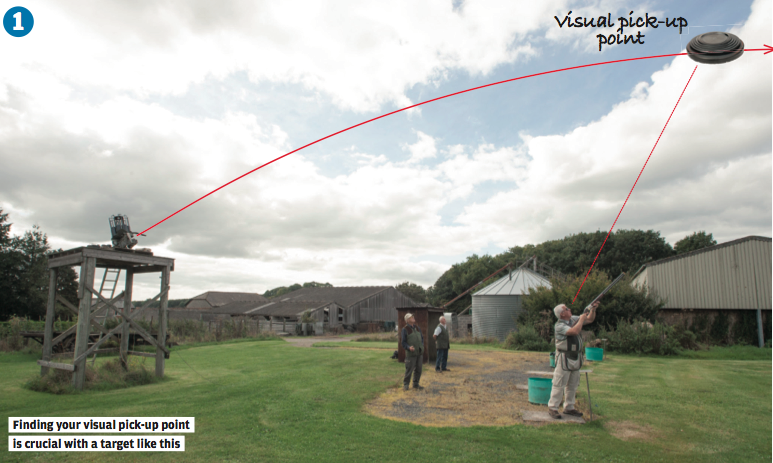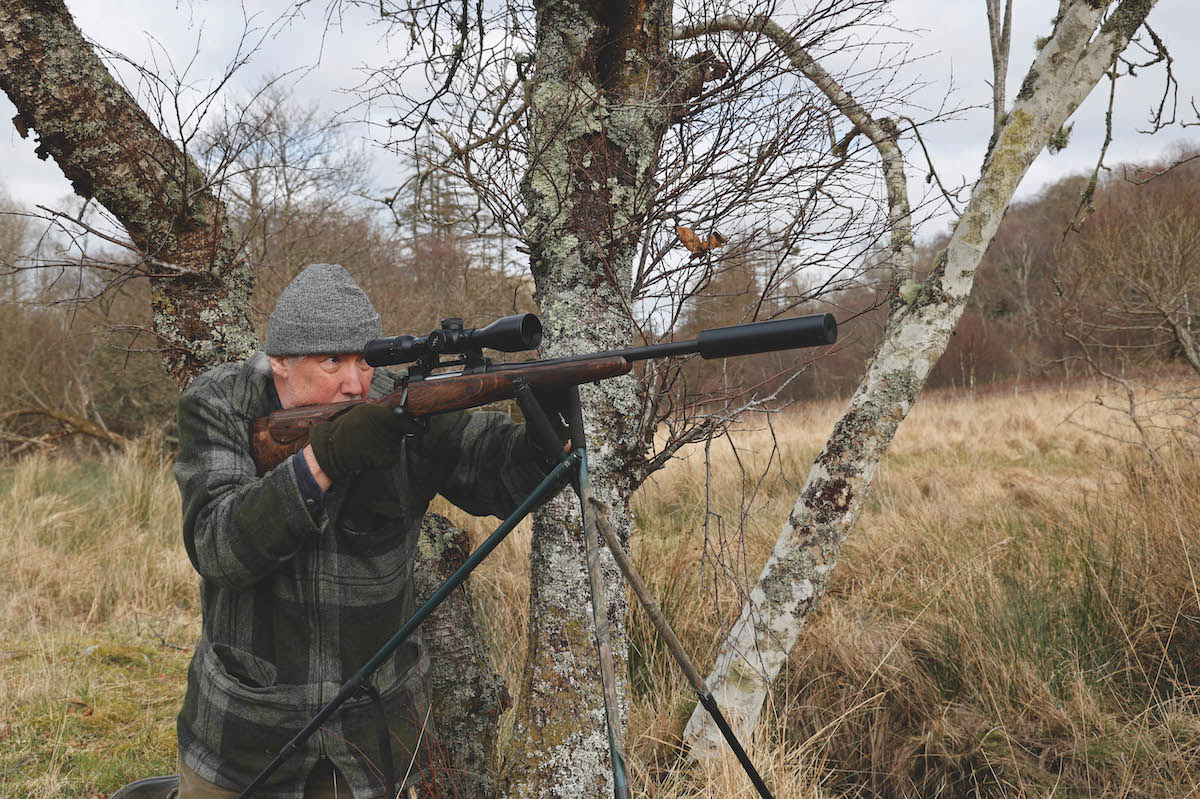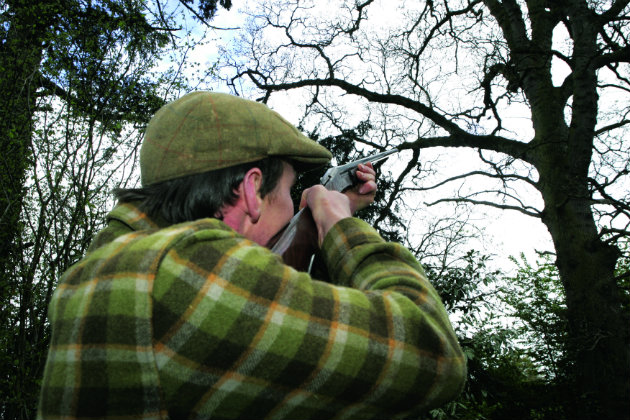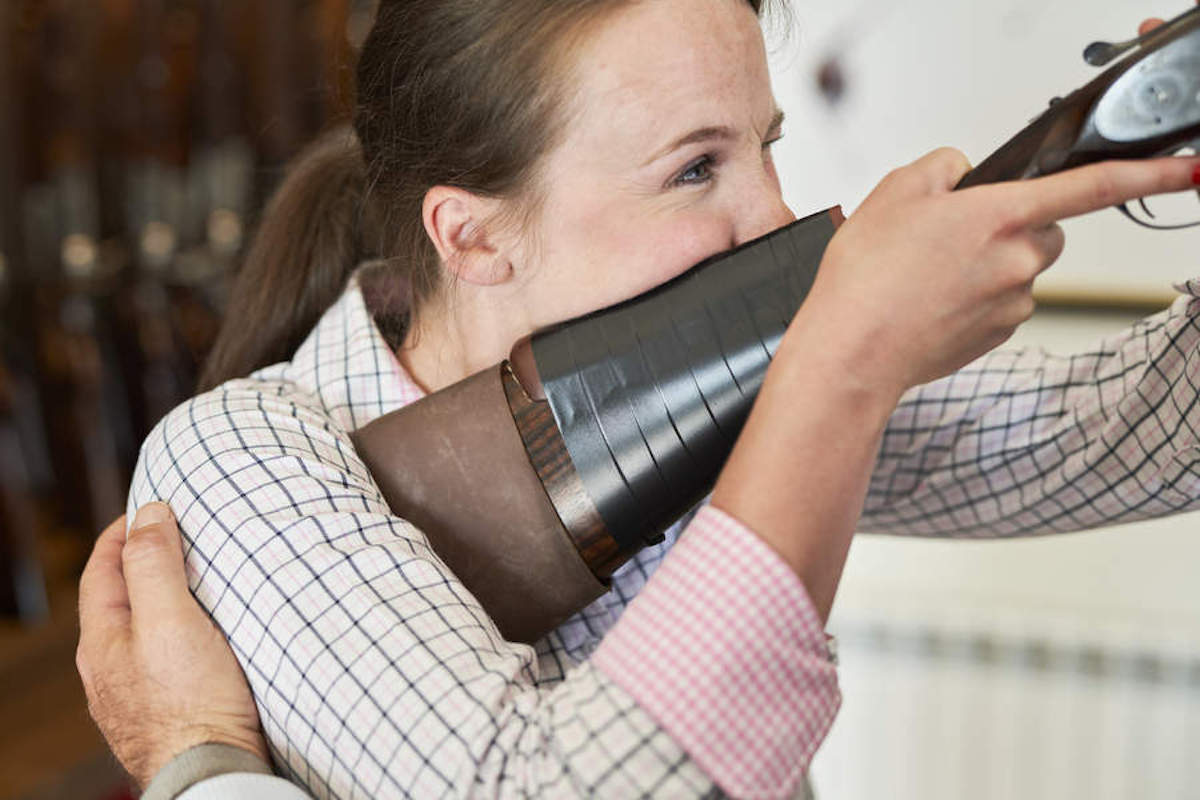Shooting problems in the field – and how to handle them
Mud, sun, uneven ground. All offered as excuses for missing. So here are some fieldcraft tips from expert Dr Malcolm Plant to turn gameshooting problems into opportunities.
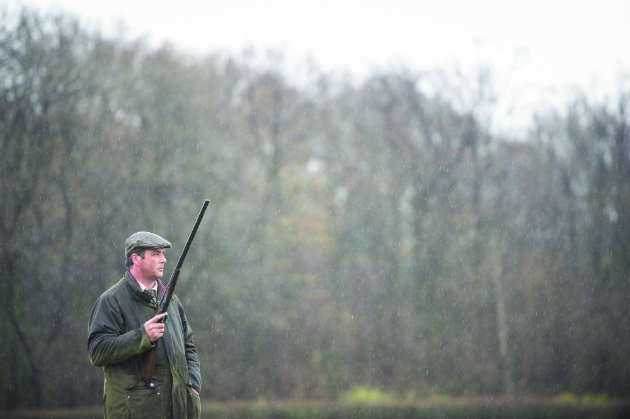
Tips for getting over some common problems experienced in the field
Mud – foot movement killer
Heavy, wet mud is the biggest killer of foot movement, and foot position is the foundation of good shotgun shooting.
If it’s difficult to move quickly to take a crossing target out to right or left then it is not worth the bother – you are going to miss because your upper body locks up as you try to rotate, and you run out of swing.

Mud is the biggest killer of foot movement
Choose realistic pheasants or partridges within your comfortable arc of movement. One clean kill in your “operational area” is much more rewarding than speculative stabs at birds, with your feet in the wrong position.
Sun – you can’t see what you are doing
Gamebirds don’t like flying into the sun, for the same reason we don’t like looking into it – the burning glare dazzles to the point where we can’t see what we are doing.
So, if it’s sunny, the gamekeeper will try to use game drives that push the birds away from the sun, so that they rise fearlessly and high. Unfortunately this might not always be possible, which means that on some pegs in the gunline it is quite likely you may be looking into the sun.

Don’t forget to pack your sunglasses for every shooting trip
Fieldcraft and preparation is the answer. There is absolutely no sense in trying to shoot a target flying through the sun because you will lose contact with the bird, miss, and end up seeing green blobs in your eyes for half an hour afterward.
The answer, of course, is to set your feet so that you take the bird to your right or left, and possibly slightly behind. Remember, too, that there may well be nicely presented birds that your neighbouring Guns miss or ignore because of the sun. The birds they miss/leave will now present themselves as good crossing targets for you, in non-dazzling positions. Plan ahead and get ready to move your feet.
Finally, don’t forget to pack your sunglasses for every shooting trip.
Uneven ground
Bad underfoot conditions are very rarely encountered in clay shooting.
In gameshooting, unless the shoot manager has dug out platforms or provided level wooden shooting stands for safety reasons, you are unlikely to be placed on the side of a steep hill.

Rehearse the anticipated gun movement to check you can produce a controlled swing
But even in the bottom of a valley or out on a ploughed field, the terrain at your peg is likely to prove uneven and not completely level. In these circumstances the first pillar of good shotgun technique – footwork – needs addressing. Preparation is vital. On a slope, a turn to the right will cause the right shoulder to drop and vice versa with a turn to the left. Either way the muzzles will be pulled under the target so keeping the gun on the flightline of the bird becomes a real challenge.
Plan ahead and try to anticipate which way the birds are likely to go and set your feet up accordingly, in the most effective position. If necessary, stamp out a level platform in the soft earth. Rehearse the anticipated gun movement a few times with an unloaded gun to check that you can produce a controlled swing whichever direction and line the birds take.
Wind
If all pheasants flew at 40 to 45mph in level flight the sport would lose much of its challenge. But thankfully, they don’t. Add a 20mph tail or side wind and the whole gameplan changes. The same goes for those flushed off the top of a wooded hillside, where they fly downhill, gathering speed as they go.
A 75mph pheasant is really shifting and needs a lot of lead or forward allowance. And the Gun needs to read the line of flight very carefully.
The same goes for birds in crosswind, so an oncoming 45mph pheasant might also be moving sideways at 20mph or more. This is very challenging shooting. The pheasant, which looks initially like a target for the Gun on peg two can rapidly be turning into your pheasant on peg five!
Target selection is paramount in these circumstances and fieldcraft is challenged to the utmost in identifying which target to go for.
Foot movement becomes critical and having selected your pheasant it is important you do NOT change your mind at the last moment. Countless pheasants and partridges are missed due to indecision.

Countless pheasants and partridges are missed due to indecision
Here, the shooting technique “point at it and pull ahead” really does help in target selection. It establishes line of flight and minimises the risk of the shotgun moving off a bird’s line of flight.
With this method, the brain, eyes and hands all operate in unison with the gun and the target moving at the same angular speed. All we have to do now is establish the correct lead or forward allowance…
A stiff crosswind can push up target difficulty on high pheasants for a Gun who is usually a three to one ratio out to five or seven or even 10 to one cartridge to kill ratio. In situations like this it is difficult not to get downhearted, but if you focus on good foot movement, good observation of the flightline and good gun-mounting skills, you will shoot your share of the bag, possibly more.
Rain
I don’t know anyone who likes shooting with a wet gun, but gameshooting is a winter sport and we should expect some rainy days, so dress for the weather and try to forget it.
On days such as this you must keep some old towel to dry your gun after each drive because it makes gun handling a little more tolerable. And a cloth to wipe your shooting glasses reduces quite considerably the number of birds that you can see in the air at the same time during a drive!
So there’s a selection of excuses for missing. Or maybe next time, there will be a few more birds in the bag for dinner.
How to improve your game shooting technique
Game shooting: You have to take risks if you want to improve your game shooting. Here are some top tips.
A lesson shooting overhead clays from behind
The target The target that Geoff had chosen to look at was an overhead clay from behind – the reversal of…
Clayshooting tips for the game season
Clay shooting is in full swing, so why is my mind already turning to the new game season in just a few weeks…


